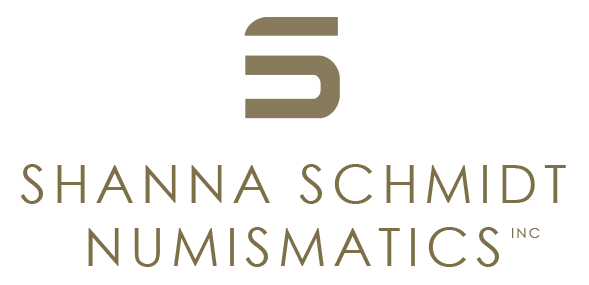Uncertain East, Mysia or Philisto-Arabian. c. Mid 5th century BC
Uncertain East, Mysia or Philisto-Arabian. c. Mid 5th century BC
AR Drachm, 3.89g (15mm, 4h).
Forepart of Pegasus to r. / Male head (possibly satyr) to r., fiercely grimacing with his open mouth, bearded, wearing a taenia and with a bearded neck truncation; all in a bearded square frame within an incuse square
Pedigree: From the Collection of Jonathan H. Kagan; Ex Classical Numismatic Group MBS 72, 14 June 2006, Lot 700 (but as Philisto-Arabian).
References: SNG Paris 1132 (as Lampsakos) = Traité II, 1, 640 and pl. XVI, 17 (as Lampsakos) = Traité II, 2, 1069 and pl. CXXIV, 18 (reattributed to an uncertain Philisto-Arabian mint) = Waddington 873 (same dies). Triton V, 2002, 1411 (same dies, but as a tetrobol 3.38 g, from Dardanos).
Grade: Somewhat porous surfaces. Two larger edge splits at 11h and 1h on obverse and corresponding reverse. Fascinating and rare imagery on reverse. Good VF
gk1932
Scroll down for more information about this coin.
This enigmatic issue is either from Mysia (western Asia Minor) or the Philisto-Arabian region (Palestine Arabia). The pegasus on the obverse suggests Mysia, however, the reverse imagery of a satyr or man makes this issue uncertain. The coin is however not unknown. There is a similar example with same dies at Harvard University (https://harvardartmuseums.org/collections/object/186785).

